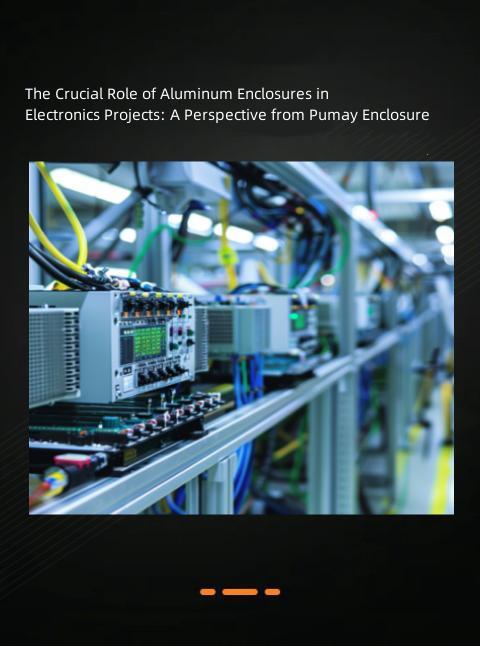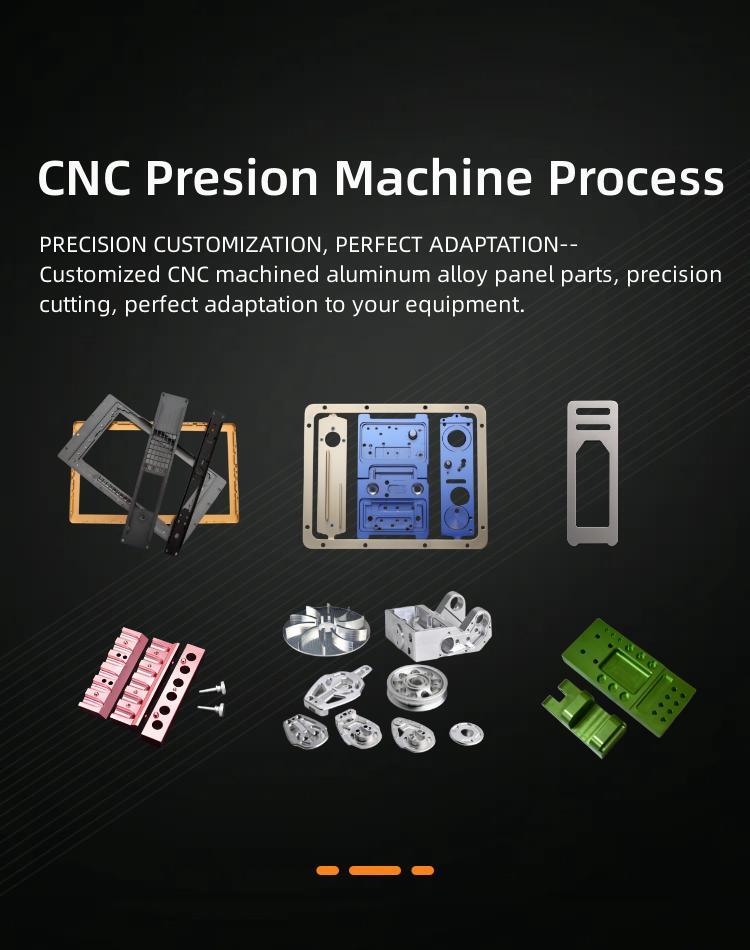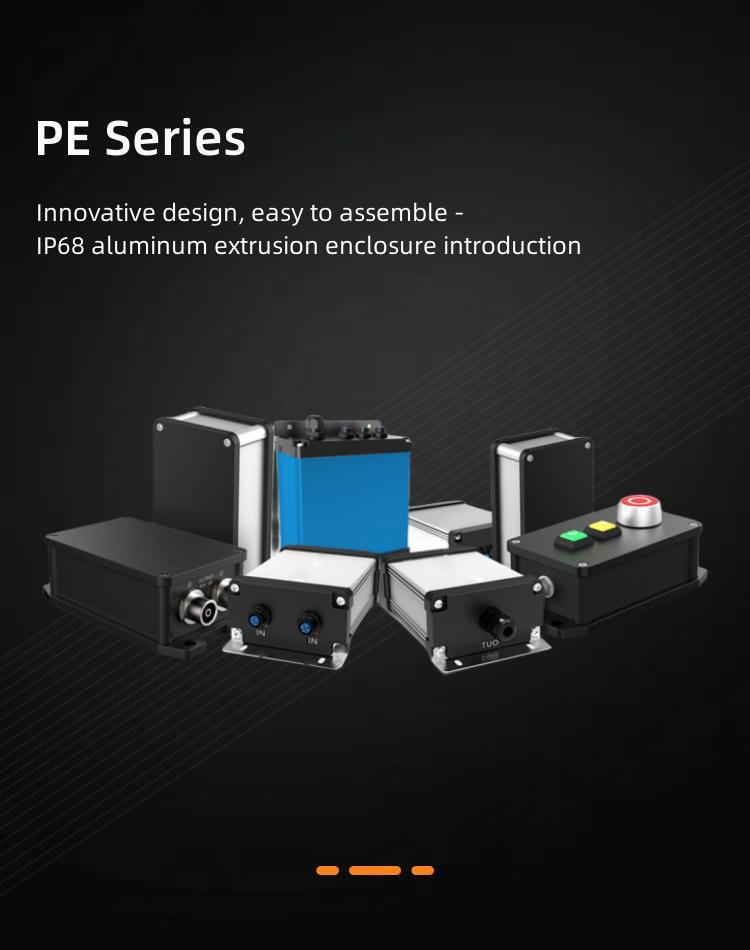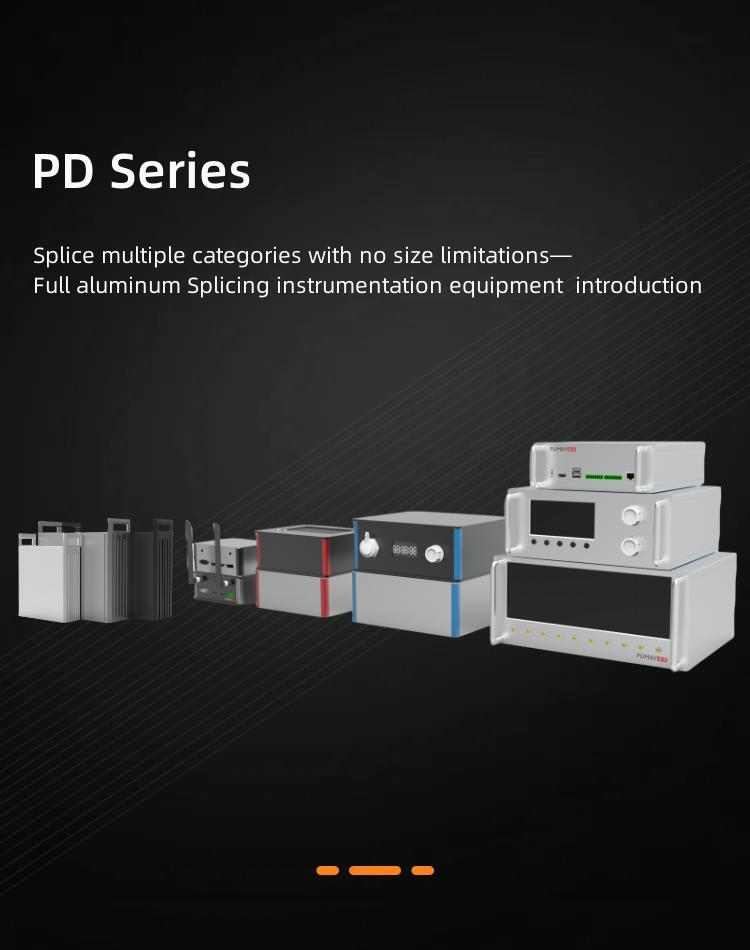
The punch press operates by using the up and down movement of the mold to perform stamping or blanking operations on the material. In the operation of the punch press, the upper and lower molds are fixed at the top and bottom of the press respectively. The upper mold performs actions such as impacting, compressing, or stretching on the lower mold through mechanical or hydraulic transmission systems, thereby processing the material.
The punch press has a wide range of applications and can be used for manufacturing components of various products such as automobiles, motorcycles, electronic products, household appliances, and hardware tools. It can be used for stamping, blanking, bending, stretching, cutting, and other processing operations on both metal materials (such as steel, aluminum, copper, etc.) and non-metal materials (such as plastics, rubber, etc.).
The punch press is characterized by its efficiency, speed, and accuracy, making it suitable for mass production at high speeds. It can achieve automation and continuity in various processing operations, improving production efficiency and product quality. Punch presses of different specifications and models can meet different processing requirements, ranging from small manually operated punch presses to large automated ones.
The working principle and processing accuracy of the punch press are influenced by multiple factors, including material properties, mold design, and processing technology. Therefore, when using a punch press for processing operations, it is necessary to operate and adjust it reasonably according to specific product requirements and process flows.
The working process of the punch press in the processing of aluminum profile shell panels usually includes the following steps:
1、Mold design: Design and manufacture molds suitable for processing aluminum profile shell panels based on product requirements and design drawings. The mold usually consists of two parts, with the upper mold fixed on the punch press and the lower mold fixed on the workbench.
2、Material preparation: Prepare aluminum profiles with the required dimensions and quantities, and place them on the feeding device of the punch press. Aluminum profiles are usually in the form of long strips.
3、Feeding and positioning: Use the feeding device of the punch press to feed aluminum profiles one by one into the working area of the mold and perform precise positioning to ensure that each aluminum profile is in the correct position.
4、Blanking operation: When the aluminum profile is in the correct position, the upper mold of the punch press starts to press down, aligning the aluminum profile with the cutting hole on the lower mold and applying sufficient pressure for blanking. The shape and size of the blanking hole are determined by the mold.
5、Bending operation: After blanking, the upper mold of the punch press can further adjust the shape, such as by pressing down and bending the aluminum profile to the required shape to meet the design requirements of the panel.
6、Completion of the product: After the blanking and bending operations are completed, the upper mold is lifted, completing one processing operation and removing the processed aluminum profile shell panel from the mold. Then, the feeding device feeds the next aluminum profile into the mold for the next processing operation.
The above process is the general workflow of the punch press in the processing of aluminum profile shell panels, and specific operating steps and parameters need to be adjusted and set according to different products and requirements.
The processing accuracy of the punch press can vary depending on factors such as the specific type of punch press, mold design, material properties, and processing technology. Generally, the processing accuracy of the punch press can meet the following requirements:
1、Dimensional accuracy: The punch press can achieve precise control of the dimensions of the workpiece within the specified tolerance range. Typically, the dimensional accuracy of the punch press can be within a range of a few 0.1mm to 0.2mm.
2、Positional accuracy: The punch press can achieve precise control of the position of the workpiece through reasonable mold design and an accurate positioning system. The positional accuracy is usually within a range of 0.1mm to 0.2mm.
3、Flatness and parallelism: The punch press can meet the requirements of flatness and parallelism on the surface of the workpiece through mold design and adjustment. The specific flatness and parallelism accuracy requirements may vary depending on different products and requirements.
4、Surface quality: The punch press can improve the surface quality of the workpiece to a certain extent, such as reducing burrs and scratches. However, the punch press has relatively low requirements for surface quality, and subsequent surface treatments such as polishing and grinding are usually required.
It should be noted that the processing accuracy of the punch press is also influenced by other factors, such as material deformability, mold wear and adjustment. For Pu Mei shell panels, for the processing of ordinary profile shell panel stock, the panel is usually processed using a punch press.
The punch press is a mechanical equipment used for blanking and forming metal materials, and its processing characteristics include the following aspects:
1、Efficiency: The punch press has the characteristics of high-speed impact and rapid rebound, which can complete a large number of blanking and forming operations in a short period of time, improving production efficiency.
2、High precision: The punch press uses molds for blanking and forming, which can achieve high-precision processing and ensure the accuracy of product dimensions and shapes.
3、Strong plasticity: The punch press can perform various complex shape blanking and forming operations on metal materials, with strong plasticity to meet the processing needs of various products.
4、High degree of production automation: The punch press can be used in conjunction with automatic feeding, automatic chip removal, and automatic material collection equipment to achieve fully automated production processes, reduce manual operations, and improve production efficiency and safety.
5、Low cost: The molds of the punch press can be reused multiple times, and the fast blanking and forming speed enable large-scale production, thereby reducing processing costs.
In summary, the punch press has the characteristics of high efficiency, high precision, strong plasticity, high degree of automation, and low cost. It is widely used in industries such as automotive, electronics, and household appliances for the production of components.
About Drill

 The Crucial Role of Aluminum Enclosures in Electronics Projects: A Perspective from Pumay Enclosure
The Crucial Role of Aluminum Enclosures in Electronics Projects: A Perspective from Pumay Enclosure
 Intelligent Aluminum Processing, Efficient Production, Unlimited Creation! -ALuminum CNC Machine Process
Intelligent Aluminum Processing, Efficient Production, Unlimited Creation! -ALuminum CNC Machine Process
 Dive into Excellence with IP68 Aluminum Profile Waterproof Enclosure
Dive into Excellence with IP68 Aluminum Profile Waterproof Enclosure
 Equipment housings, not just appearance! Assembled Aluminum Profile Instrument and Equipment Enclosures
Equipment housings, not just appearance! Assembled Aluminum Profile Instrument and Equipment Enclosures